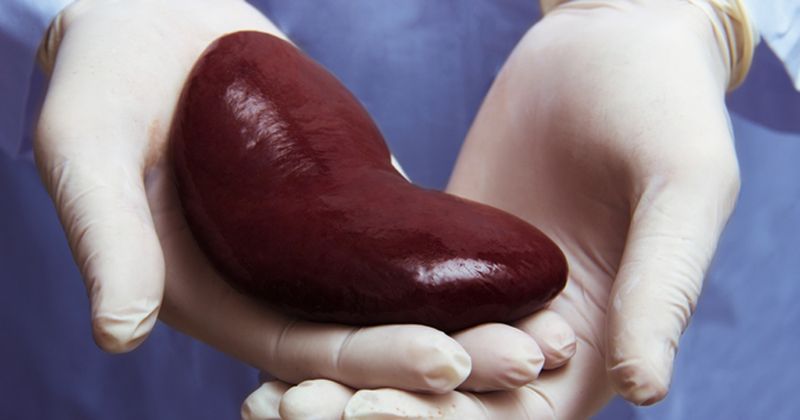Continuous kidney allocation may be the future alternative to the Kidney Allocation System
A speculated alternative to the Kidney Allocation System is continuous kidney allocation, which can be designed by simulation optimization, according to a speaker at ASN Kidney Week.
The proposed composite allocation score for kidneys can be written as the following mathematical equation: Wx{waiting time} + Wx{pediatric} + Wx{blood group match} + Wx{urgency} + Wx{expected post-transplant survival} + Wx{cPRA} + Wx{HLA match} + Wx{prior living donor} + Wx{kidney after liver} + Wx{distance to donor hospital}

“These are the 10 characteristics that the kidney committee has so far selected to be aspects of the score. And those W's in bold – W, W, up to W – those are the numbers, the weights with which we will combine them,” Sommer Gentry, PhD, from the United States Naval Academy, said. “The idea is that every person gets a single number, which is W times their waiting time and so on, and the person with the highest number gets the gets the kidney offer.”
Gentry noted that a concern with this equation, however, is that changing the priority of one characteristic, such as geographical boundaries, can impact the prioritization of every other characteristic. A computational approach to evaluate all the outcomes and ensure geographic areas have a similar rate of transplants is needed, Gentry said.
Currently, the Kidney Allocation System (KAS) uses a fixed 250-mile circle system for offering kidneys to transplant centers, but designing optimized heterogeneous circles for kidney distribution could be a better solution. A paper Gentry contributed to showed that circles for distribution around donor hospitals can be large or small, and with about the same travel, more equity gains could be achieved.
Gentry said that the KAS does not take into account possible delays before kidney offers are made. For example, how much time is added if a kidney is on ice for several hours before an offer is made.
A potential solution could mean giving simultaneously expiring offers to multiple hospitals rather than going down a list of primary centers. Alternatively, centers with a high likelihood of accepting the organ could be prioritized over other centers despite the distance. These options could eliminate the time a kidney is on the ice and travel time.
“I think we can use mathematical optimization with the technology of continuous allocation, and we can express in natural language what exactly are the requirements for a fair caste system,” Gentry said. “I want to work to establish whether we can increase the number of kidneys transplanted by decreasing those delays. If we can, I think they should possibly be implemented as part of the caste score.”

